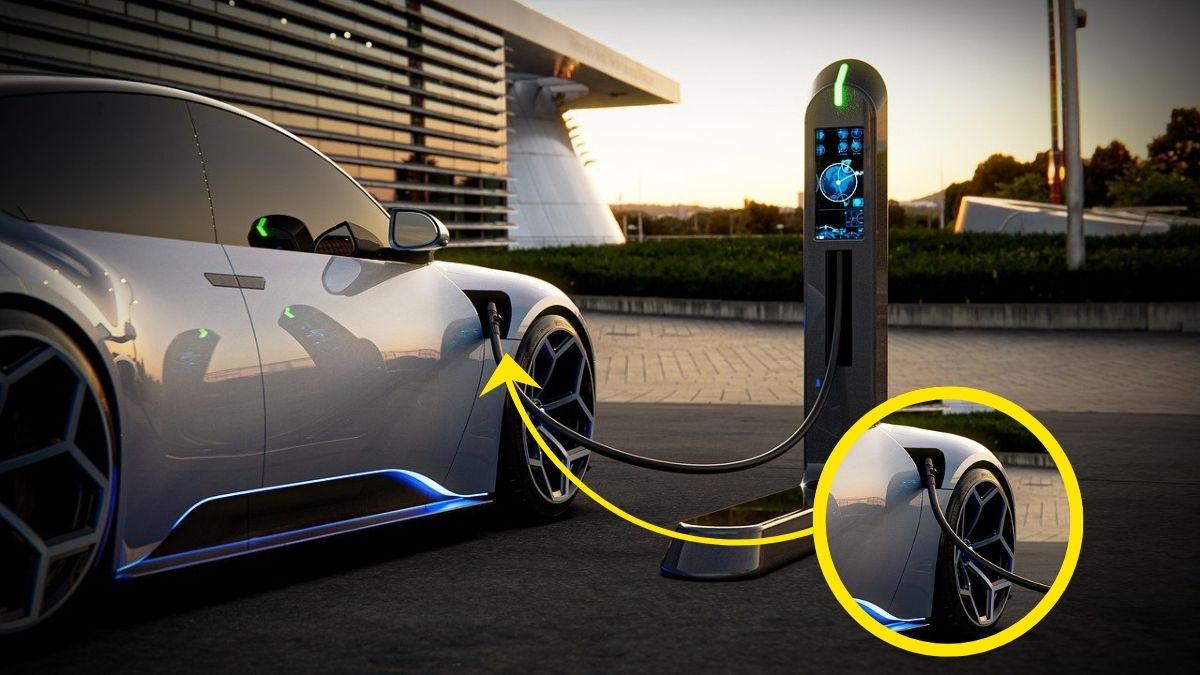Why do electric cars hum? Many people wonder about this as more quiet electric vehicles (EVs) hit the roads. Unlike traditional cars with loud engines, EVs are much quieter. But they’re not completely silent — the soft hum you hear is no accident. This sound comes from clever engineering and safety features. Various parts of the car, like the electric motor and safety systems, work together to create this gentle noise, making sure EVs stay both efficient and safe to be around.
How the Electric Motor Creates the Hum

Primarily, the electric motor is the main reason for the hum in electric cars. The motor converts electricity into power to move the car. It does this by quickly switching magnetic fields inside the motor. As the electricity flows and interacts with magnets, it creates small vibrations. These tiny vibrations travel through the motor and car body, producing the soft humming sound you hear. The sound can get louder or change pitch when the car speeds up or slows down, because the motor is working harder. It’s similar to how a washing machine or fridge makes a low sound when running — but in an electric car, the motor is much more powerful, so the hum is more noticeable.
How Inverters and Electronics Add to the Hum

Besides the motor, the inverter and other electronic parts also add to the sounds you hear in an electric car. The inverter is an important device that changes the battery’s direct current (DC) into alternating current (AC) to run the motor. This process happens super fast and can create a slight buzzing or whining sound. Even though engineers try hard to reduce these noises with smart designs and special shielding, some sound is still noticeable. Other parts, like the DC-DC converter that controls voltage for different car systems, can also make soft electrical noises.
Why Tires Make Noise in Electric Cars

As an electric car speeds up, tire noise becomes more noticeable. In regular cars, engine noise usually drowns this out, but EVs are quieter, so the sound of tires on the road stands out. This noise happens because of the way the tire tread hits the road and how air gets squeezed in the tire grooves. Things like the type of tire, tread pattern, road surface, and how fast you’re driving all affect how loud this sound is. To reduce it, manufacturers are creating special “silent” tires with new materials and designs, but tire noise is still common when driving at higher speeds.
How Wind Noise Happens in Electric Cars
Wind noise, also called aerodynamic noise, becomes more noticeable as an electric car goes faster. When the car moves through the air, the shape of the body, mirrors, and underside causes the air to swirl and create turbulence. This moving air makes sounds like whooshing or whistling, especially when driving on highways. Car makers design sleek shapes to help cars move smoothly through the air, which not only improves efficiency but also helps lower wind noise. Still, some wind noise is natural whenever anything moves quickly through the air.
The Safety Sound: Acoustic Vehicle Alerting System (AVAS)
Lastly, and most importantly, electric cars have a special sound system called the Acoustic Vehicle Alerting System (AVAS). Since EVs are very quiet at low speeds, they can be hard for pedestrians, cyclists, and visually impaired people to hear. To keep everyone safe, rules in many places require EVs to make a sound when driving slowly (usually under 20 km/h or 12 mph) or when reversing. This sound is designed to be noticeable but not annoying. Different car brands create their own unique sounds, and some even work with sound designers to make them pleasant. This added hum helps make sure that the car’s quietness doesn’t become a danger to people nearby.
The Unique Sound of Electric Cars
In simple terms, the hum of an electric car comes from a mix of the motor working, the car’s interaction with the road and air, and special safety sounds. Since electric cars don’t have loud engines like traditional cars, these quieter sounds become easier to notice. Together, they create a new and unique listening experience whenever an EV drives by.

